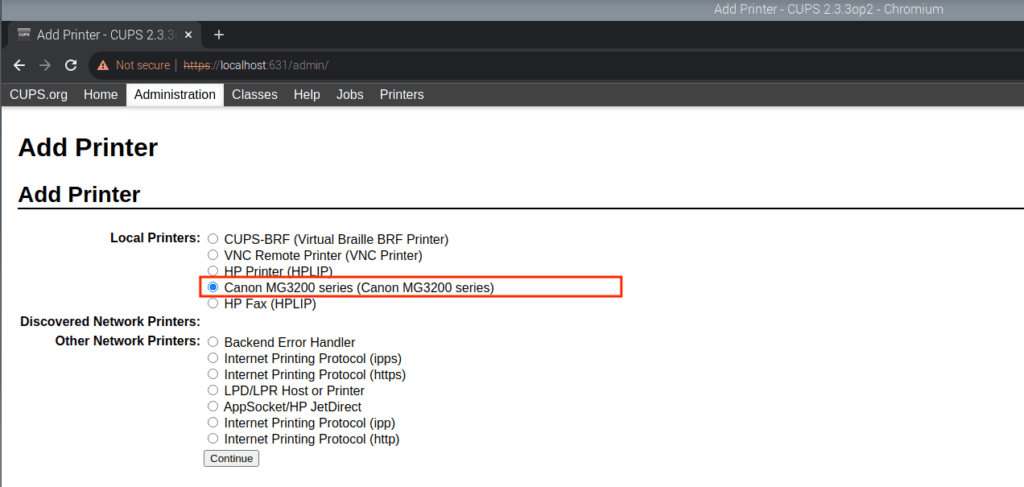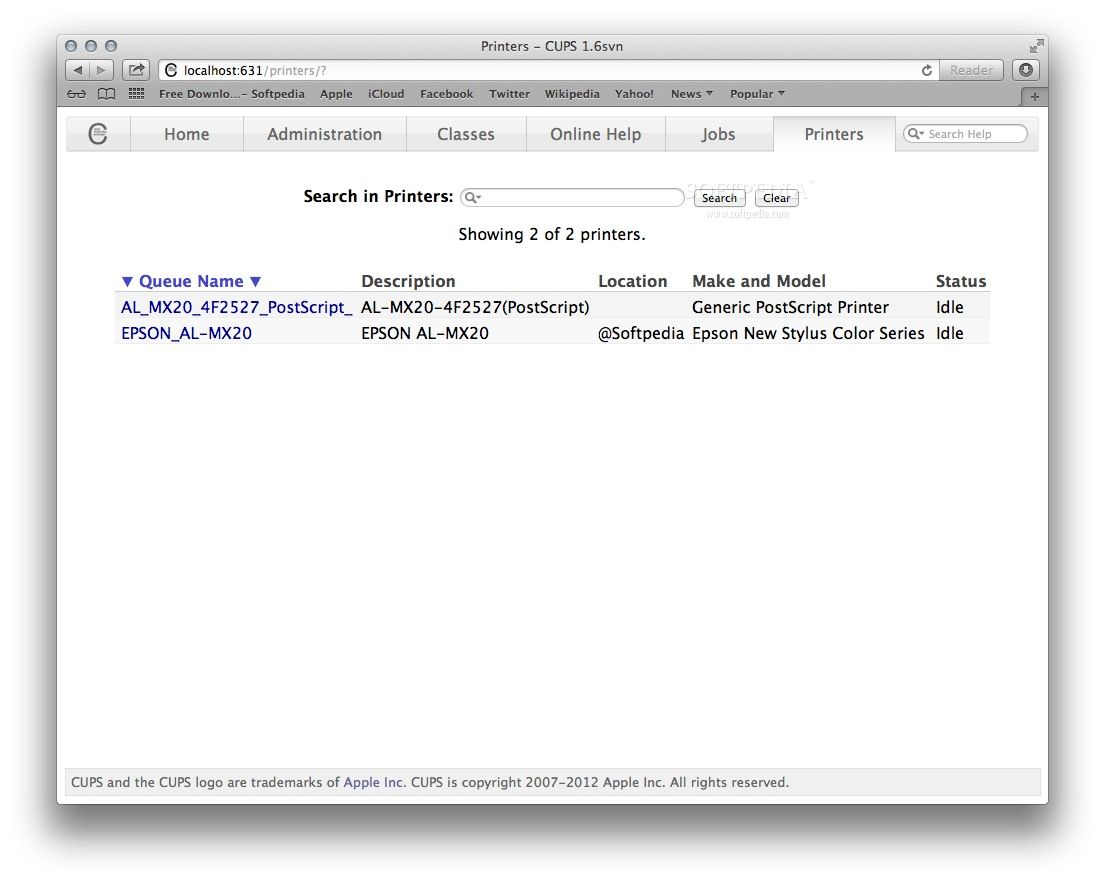

- #What protocol does cups for mac use how to#
- #What protocol does cups for mac use mac os#
- #What protocol does cups for mac use drivers#
- #What protocol does cups for mac use software#
The same driver supported all Mac OS applications.
#What protocol does cups for mac use drivers#
Printer drivers were provided with the Mac OS or with the printer you purchased for your computer.


Applications only had to tell the printing system where and what to print, and the printing system would translate that request into the desired output on the selected printer. Designed from the beginning to be a desktop publishing system, the Macintosh abstracted the printing interface from the application. Unfortunately, a printer driver for one application rarely worked with another, so the applications had to adapt support the expanded printer features.Īpple's release of the Macintosh computer changed the manner in which printing was done on the personal computer.
#What protocol does cups for mac use software#
The complexity of the software used to communicate with printers soon began to rival the applications themselves, and it wasn't long before that these "printer drivers" were an industry of their own. Most of those applications are shipped with modules that help users print to their specific printers.Īs the technology improved, printers began to support graphics, so applications had to adapt support the expanded printer features. Each application came with its own code to handle text-based printing to popular printers. So they worked in a fashion similar to the UNIX mainframes of that time.
#What protocol does cups for mac use how to#
All this done, you will learn how to monitor, filter, and secure your CUPS server.Įarly personal computers, such as the ones from IBM, and printers only handled text. There is more: you can learn how to manage the ever increasing print job load, set up your clients, and manage users. Not only that, but widely used directives and their uses are explained here along with directions to use them. Haven't you struggled to find the right directives for your printer? Enough of that search, this book will tell you where to find what. We then move on to installing, compiling, and managing your print network.

It starts by telling you the story of how CUPS came to be and why there is such excitement about it. This book assumes that you have no knowledge of CUPS. Today, CUPS is the default printing system for a large number of Linux distributions (Ubuntu, Fedora, etc.) and UNIX-based operating systems. It applies open standards for network printing through the Internet Printing Protocol (IPP) and uses platform-independent drivers (Postscript Printer Definition, PPD) to print. By providing a portable, modular printing layer, CUPS brings printing for UNIX into the modern age. Since every printer manufacturer does things differently, printing can be very complicated, and has always been a hard issue in the UNIX world for this reason. It consists of a print spooler and scheduler, filters to convert print jobs to the format required by each printer, and a backend system to send the data to the chosen printer from client applications. The Common UNIX Printing System (CUPS) is software that allows a computer to act as a print server, receiving print jobs from client computers, managing them, and sending them to the appropriate printer. # change this to the location where you put the. See hotplug for info to verify subsystems, and variables below. On 21.02 - make a script /etc/hotplug.d/usb/30-hplj1018, chmod +x /etc/hotplug.d/usb/30-hplj1018 and enjoy. Some users opted to run a script to automate this. My printer wakes up with: cat sihp1018.dl > /dev/usb/lp0 In my printer's case, an HP LaserJet 1018, it was necessary. Some forum posts note that you may need to send the printer firmware to the printer after power-on. Connecting your computer directly to the printer works fine. You send data to the printer, but nothing happens. Okay, your printer is connected to the router, lsusb -v shows the device connected, and you have a /dev/usb/lp0 also.


 0 kommentar(er)
0 kommentar(er)
